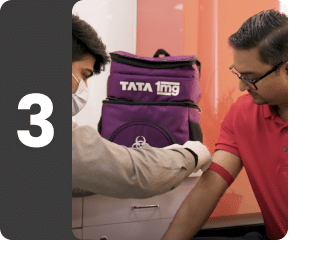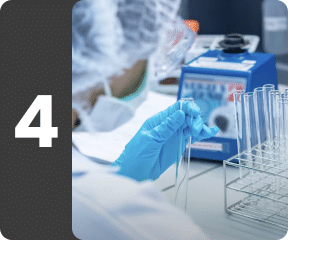Lithium near me in Dombivli
Understanding Lithium in Dombivli
What is Lithium in Dombivli?
The Lithium test is performed to measure the concentration of lithium in blood. Lithium (Li+) is an element that is used as medicine in the treatment of bipolar disorders and psychological conditions like depression.
This test is done to know the correct dose for the treatment. It also helps to determine whether the current dosage of lithium needs to be adjusted and if the patient is taking the required dose. It also helps analyze the concentration of lithium in the blood which helps to note if there is a possibility of lithium toxicity. Some of the common symptoms of lithium toxicity include slurred speech, confusion, seizures, drowsiness, and irregular heartbeat.
Sources of dietary lithium include cereals, potatoes, tomatoes, cabbage, spices such as nutmeg, coriander seeds, or cumin, grains (oats), and seafood. Staying hydrated, keeping caffeine and salt intake constant, and avoiding alcohol can help in keeping lithium levels stable.
Note: The following points need to be considered while interpreting Lithium levels:
- Therapeutic ranges in reports are based on the sample collected time just before the scheduled dose is due.
- Factors affecting Lithium concentration in the blood are:
- The levels of lithium in blood varies with the time after the dose, blood sample should be done 10-14 hours after last dose (trough level) or just before the next dose is due.
- Medical conditions of the patient and level of hydration can affect lithium levels due to electrolyte/fluid imbalance like vomiting, diarrhea, dehydration & impaired renal function.
- If the patient compliance is poor (i.e. not taking medication at regular times) or there is change in drug brand - these can cause fluctuations due to the different bioavailability of drug.
- Concurrent use of other drugs may affect Lithium metabolism or excretion and hence affect its level in blood. E.g. ACE inhibitors, angiotensin II receptor antagonists (sartans), diuretics, non-steroidal anti-inflammatory drugs (NSAIDs), theophylline, acetazolamide, etc.
Frequently Asked Questions about Lithium in Dombivli
Q. What are the symptoms of lithium toxicity?
Q. When can false results appear in the Lithium Test?
Q. What other tests can be prescribed by your doctor in case the result of Lithium test is not normal?
Q. What are the risks associated with lithium medication in pregnant women?
Q. Is there any preparation required before the Lithium test?
Q. Is there any risk associated with this test?
Book a Lithium test at home near me





Other tests









